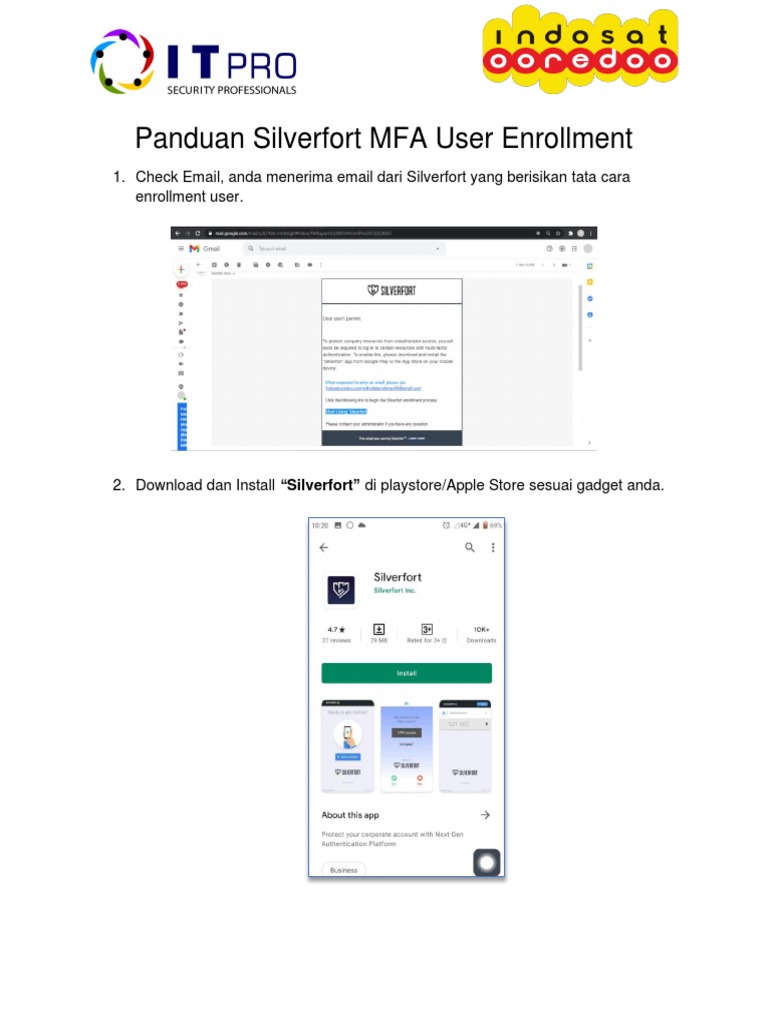Silverfort MFA Solution

Multi-Factor Authentication (MFA) has become a crucial component in the cybersecurity landscape, providing an additional layer of security to protect against unauthorized access to sensitive data and systems. Among the various MFA solutions available, Silverfort’s MFA solution stands out for its innovative approach to authentication, designed to secure both on-premises and cloud-based environments. This article delves into the features, benefits, and operational specifics of Silverfort’s MFA solution, exploring how it addresses the evolving challenges of cybersecurity in a rapidly changing digital world.
Introduction to Silverfort MFA
Silverfort’s MFA solution is built on a technology that allows for the extension of MFA to all sensitive assets, whether they support MFA natively or not. This capability is particularly valuable in heterogeneous IT environments where not all resources can inherently enforce multi-factor authentication. By providing a unified platform for MFA, Silverfort simplifies the process of securing access to critical assets across the organization.
Key Features of Silverfort MFA
Unified Protection: Silverfort’s solution offers a unified approach to MFA, enabling organizations to protect all their assets with a single platform. This simplifies management and enhances security consistency across different systems and applications.
Agentless Architecture: One of the standout features of Silverfort’s MFA is its agentless architecture. This means that the solution does not require the installation of software agents on the protected assets, reducing overhead and minimizing the risk of agent-related vulnerabilities.
Native Integration: Silverfort integrates natively with a wide range of systems and applications, ensuring seamless authentication experiences. This includes support for major cloud services, on-premises infrastructure, and custom applications.
Risk-Based Authentication: The solution incorporates advanced risk-based authentication (RBA) capabilities. RBA analyzes various contextual factors, such as user behavior, location, and device information, to assess the risk level of each login attempt. This allows for more intelligent and responsive security decisions, tightening security without compromising user convenience.
Real-Time Threat Detection: Silverfort’s MFA solution is equipped with real-time threat detection capabilities, designed to identify and block suspicious login attempts. This proactive approach to security helps prevent breaches before they occur.
Operational Benefits
The operational benefits of implementing Silverfort’s MFA solution are multifaceted:
Enhanced Security: By adding an additional layer of verification to the authentication process, organizations significantly reduce the risk of unauthorized access, thus protecting sensitive data and systems from cyber threats.
Compliance: Silverfort’s solution aids in compliance with regulatory requirements that mandate the use of MFA for protecting sensitive data, such as PCI-DSS, HIPAA, and GDPR.
Simplified Management: The unified platform simplifies the management of MFA across diverse environments, reducing administrative burdens and costs associated with deploying and managing multiple MFA solutions.
Improved User Experience: Despite the added security layer, Silverfort’s MFA is designed to minimize user friction, providing a seamless authentication experience that adapts to user behavior and context.
Comparative Analysis with Traditional MFA Solutions
Unlike traditional MFA solutions that often focus on specific areas of an organization’s infrastructure, Silverfort’s approach is holistic. It extends protection to all assets, including those not supported by traditional MFA methods. This comprehensive protection, combined with its agentless and risk-based approach, differentiates Silverfort from more traditional solutions that may require extensive deployment and management efforts.
Future Trends and Emerging Technologies
As cybersecurity threats continue to evolve, MFA solutions like Silverfort’s will play a critical role in defending against these threats. Emerging technologies such as AI and machine learning will further enhance the capabilities of MFA solutions, enabling more sophisticated risk assessment and real-time threat detection. The integration of biometric authentication and behavioral analysis will also become more prevalent, offering even more robust forms of verification.
Practical Applications and Case Studies
Silverfort’s MFA solution has been successfully implemented in various sectors, including finance, healthcare, and technology. For instance, a leading financial institution utilized Silverfort to extend MFA to all its critical assets, significantly reducing the risk of data breaches and achieving compliance with stringent regulatory requirements. Another case involves a healthcare organization that deployed Silverfort’s solution to protect sensitive patient data, ensuring the confidentiality, integrity, and availability of this critical information.
Conclusion
In conclusion, Silverfort’s MFA solution represents a significant advancement in cybersecurity, offering a robust, unified, and adaptable approach to authentication. By extending MFA to all sensitive assets, whether they natively support it or not, Silverfort provides a critical layer of defense against unauthorized access. As the cybersecurity landscape continues to evolve, solutions like Silverfort’s will be at the forefront, protecting organizations’ most valuable assets and ensuring the integrity of their digital operations.
FAQ Section
What makes Silverfort’s MFA solution unique compared to traditional MFA methods?
+Silverfort’s solution stands out for its ability to extend MFA to all sensitive assets, including those that do not natively support MFA, through an agentless and unified platform. This, combined with its risk-based authentication and real-time threat detection capabilities, offers a comprehensive and adaptive security solution.
How does Silverfort’s solution aid in regulatory compliance?
+By enforcing multi-factor authentication across all sensitive assets, Silverfort’s solution helps organizations comply with regulatory requirements such as PCI-DSS, HIPAA, and GDPR that mandate the use of MFA for protecting sensitive data.
What kind of support does Silverfort offer for cloud-based environments?
+Silverfort’s MFA solution integrates natively with major cloud services, providing seamless and secure access to cloud-based applications and resources. This support extends to custom cloud applications, ensuring that all cloud assets are protected with robust MFA.
How does Silverfort balance security with user convenience?
+Silverfort’s solution is designed to minimize user friction through risk-based authentication, which assesses the risk level of each login attempt and responds accordingly. This approach ensures that security measures are proportionate to the risk, thereby maintaining a convenient user experience while enhancing security.
What role does AI and machine learning play in Silverfort’s MFA solution?
+While Silverfort’s current solution focuses on risk-based authentication and real-time threat detection, the integration of AI and machine learning technologies is expected to further enhance these capabilities. AI can help in more sophisticated risk assessment and prediction of potential threats, allowing for more proactive security measures.

